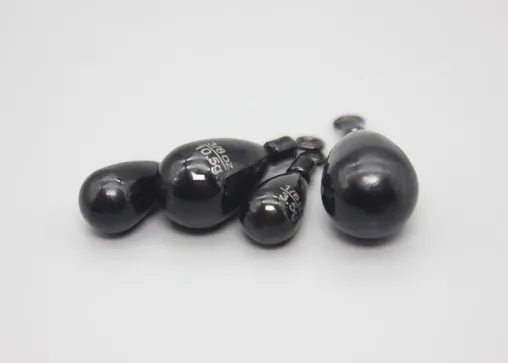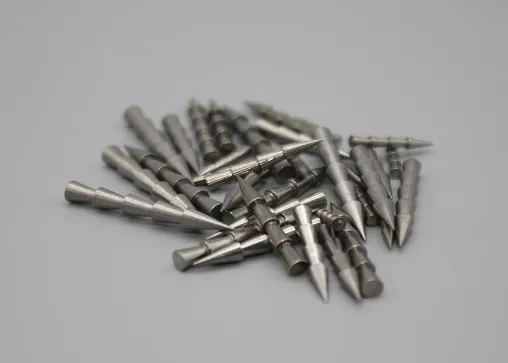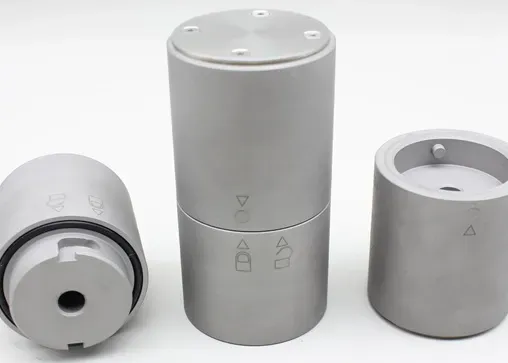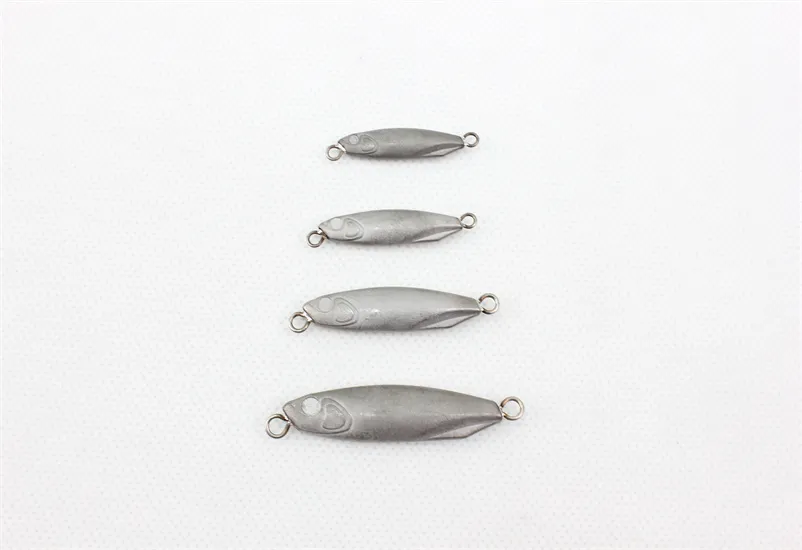Why the Tungsten Alloy Counterweight is Used in Automotive & Racing Fields?
In the automotive and racing industries, performance and precision are paramount. Engineers and designers are always seeking materials that provide strength, stability, and reliability under extreme conditions. One such material that has gained considerable popularity in recent years is tungsten alloy.
Tungsten is a dense metal known for its high melting point, strength, and durability. It is one of the heaviest metals, with a density that is about 1.7 times that of lead. When combined with other metals, tungsten forms an alloy that retains many of these desirable properties, while also offering additional benefits such as resistance to corrosion, wear, and high temperatures. Tungsten alloys are particularly advantageous when used in applications where space is at a premium, but weight distribution and balance are critical—making them perfect for use as counterweights in automotive and racing applications.
Compared to traditional counterweight materials such as lead or steel, tungsten alloy offers several significant advantages.Ultra-high density makes it irreplaceable in space-constrained counterweight scenarios, and at the same weight, it is only 60% of the size of lead, making it easy to meet the demands of compact designs. The tungsten alloy is a very stable alloy, on the one hand, in extreme racing conditions. Tungsten alloys are highly stable, maintaining structural integrity in extreme racing environments, with impact and abrasion resistance far exceeding that of conventional materials, and on the other hand, maintaining long-term performance in wet or corrosive environments without the need for additional protective treatments. Its stable physical properties allow for micron-level precision machining to meet the extreme requirements of racing, while at the same time being stable. Most importantly, tungsten alloy is a non-toxic material, making it a safer choice for manufacturers and the environment.
In the automotive and racing sectors, Tungsten Balance Weight, Tungsten Rod, and Tungsten Plate are widely used to optimize weight distribution, enhance handling, and improve stability due to their ultra-high density, heat resistance, and corrosion resistance.
Tungsten Balance Weight excels in precision balancing. Compared to traditional lead weights, tungsten alloy's compact size allows for discreet installation on the chassis or body without compromising aerodynamic performance. During high-speed driving, even minor tire imbalances can cause vibrations, affecting control and safety. Thanks to their high density, tungsten counterweights provide precise balancing at the wheel rims with minimal volume, ensuring perfectly smooth tire rotation. In motorsports like F1 and rally racing, where strict weight regulations apply, engineers use tungsten counterweights to fine-tune front/rear and left/right weight distribution, optimizing cornering stability and acceleration performance.
Tungsten rods also play a crucial role. In high-end racing vehicles, the weight distribution of the suspension system directly impacts traction and steering response. Tungsten rods can be mounted near suspension arms or shock absorbers to adjust unsprung mass, improving handling precision. High-power race cars with high-RPM drive shafts are prone to vibration, and tungsten rods serve as internal counterweights to enhance rotational balance, reducing power loss. Some race cars also use tungsten rods to adjust anti-roll bar weight distribution, optimizing body roll control during cornering.
Tungsten plates are vital for structural balancing and safety enhancement. Race cars must meet minimum weight requirements, so engineers install tungsten plates in critical chassis locations (e.g., near the rear axle) to precisely adjust front/rear axle load ratios, improving acceleration and braking efficiency. In endurance or drag racing, fuel consumption can shift the vehicle's center of gravity. Tungsten plates act as adjustable counterweights, ensuring consistent stability throughout the race. Some high-performance braking systems incorporate tungsten plates, leveraging their heat-resistant properties to aid cooling while adding weight to the braking zone for improved stopping stability.
The key advantage of tungsten alloy in automotive and racing applications lies in its ability to "deliver maximum counterweight effect with minimal volume", while simultaneously offering excellent heat resistance, corrosion resistance, and precision machining capabilities. Whether it's tungsten alloy balance weights for wheel balancing, tungsten rods for suspension tuning, or tungsten plates for chassis weighting, these components significantly enhance vehicle handling, stability, and competitive performance. As the demand for lightweight design and high performance continues to grow, tungsten alloy applications will further expand, cementing its position as an indispensable material in motorsport engineering.

 EN
EN AR
AR FR
FR DE
DE HI
HI IT
IT JA
JA KO
KO PT
PT RU
RU ES
ES ID
ID LV
LV VI
VI HU
HU MS
MS GA
GA BE
BE YI
YI EU
EU


